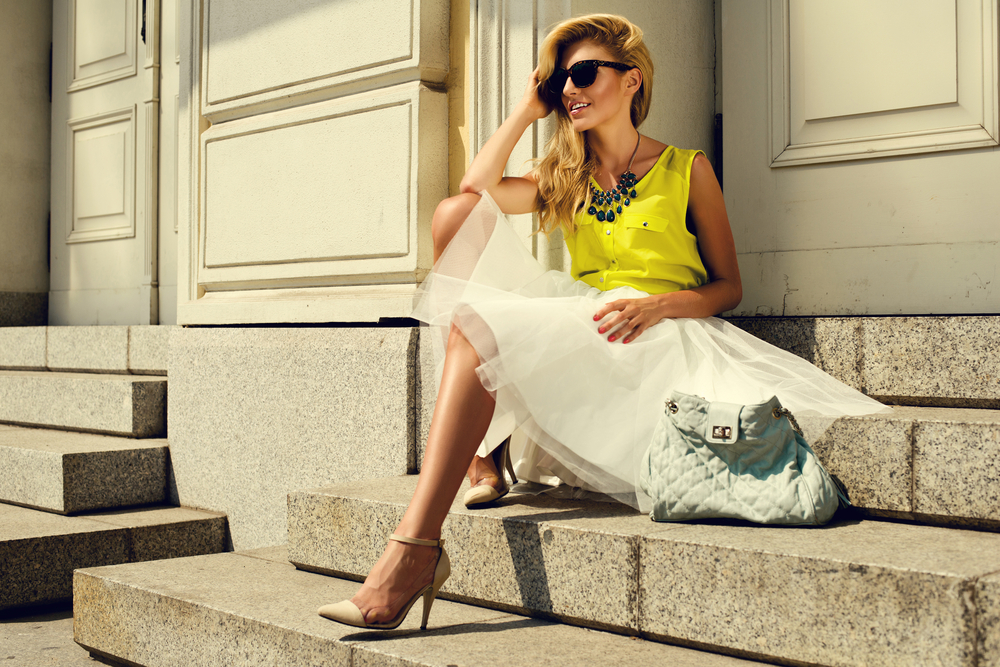
Introduction:
In the world of fashion and photography, modeling is an art form that requires finesse, skill, and the ability to captivate an audience. A successful photoshoot is not merely about standing in front of a camera and posing; it involves an intricate dance between the model, photographer, and the overall concept of the shoot. In order to excel in this field, mastering the art of modeling techniques is crucial. This article will delve into the various aspects of modeling (by models) that contribute to creating stunning photographs, from body language and facial expressions to posing and improvisation.
1. The Importance of Body Language:
modeling (or modelling) is all about conveying emotions, ideas, and stories through the body. Body language plays a vital role in capturing the viewer's attention and creating a connection. As a model, being aware of your body's position, posture, and movement can greatly enhance the impact of a photo. From the subtle tilt of the head to the graceful extension of a limb, every movement should be purposeful and add to the overall narrative.
2. Mastering Facial Expressions:
The face is the window to the soul, and in modelling (or modeling) , it becomes a canvas for emoting and communicating. A model who can effectively convey a range of emotions through their facial expressions is more likely to create an impactful photograph. From a sultry gaze to a genuine smile, each expression should be genuine and evocative. Practice in front of a mirror and experiment with different emotions to portray confidence, vulnerability, and everything in between.
3. The Power of Posing:
Posing is an art form that can elevate an image from ordinary to extraordinary. Understanding your body's angles, lines, and proportions is key to striking a pose that flatters your physique and accentuates your features. Models often work closely with photographers to find the most aesthetically pleasing poses that bring out the best in them. Posing can be further enhanced by incorporating props, garments, or accessories that complement the overall concept of the shoot.
4. The Role of Improvisation:
While preparation and planning are essential in modeling , the ability to improvise and adapt to unexpected situations is equally important. Photoshoots often present challenges, such as location constraints, time limitations, or unforeseen weather conditions. A skilled model can swiftly adapt and make the most out of any situation, turning it into an opportunity for creativity and innovation. The key is to remain flexible, open-minded, and willing to try different approaches.
5. Connection with the Photographer:
A successful photoshoot is a collaborative effort between the model and the photographer. Establishing a good rapport and clear communication is crucial for achieving the desired results. A model should take time to understand the photographer's vision and openly share their ideas and interpretations. This collaboration ensures that both parties are on the same page, allowing for a harmonious and productive working environment.
Frequently Asked Questions:
Q1: How can I find modeling opportunities?A1: There are various ways to find modelling opportunities. One way is to create an online portfolio and actively promote yourself through social media platforms. Additionally, reaching out to local photographers or agencies can lead to potential collaborations or gigs.
Q2: How important is it to have a unique personal style in modeling?
A2: Having a unique personal style can set you apart from the crowd and make you more memorable to designers, photographers, and agencies. It showcases your individuality and can be a key factor in booking jobs that align with your aesthetic.
Q3: Can anyone become a successful model?
A3: While the industry has become more diverse and inclusive over the years, certain physical attributes such as height and proportion are still preferred in some modeling sectors. However, there are opportunities for everyone, regardless of conventional standards. Different types of modeling, such as plus-size or mature modeling, cater to a broader range of individuals.
Q4: How do I handle rejection in the modeling industry?
A4: Rejection is a common experience in the modeling industry, and it's important to remember that it's not personal. Use it as an opportunity to grow and improve. Seek feedback from industry professionals, continue practicing, and maintain a positive mindset.
Q5: What should I bring to a photoshoot as a model?
A5: As a model, it's crucial to come prepared to a photoshoot. Some essentials to bring include a variety of outfits, accessories, comfortable shoes, grooming products, and any specific items requested by the photographer or stylist. Always communicate with the team to ensure you have everything you need.
Conclusion:
Mastering the art of modeling techniques in photoshoots is an ongoing journey that requires practice, dedication, and a willingness to learn and adapt. By focusing on body language, facial expressions, posing, improvisation, and fostering a strong connection with the photographer, models can elevate their craft and create captivating photographs. Remember, modeling is not just about striking a pose; it's about telling a story and captivating the audience through your artistry.
Other useful resources
- https://www.planetmodelphoto.com
- https://en.wikipedia.org/wiki/Category:Models_by_modeling_agency
- https://en.wikipedia.org/wiki/Category:Modeling_agencies
- https://www.planetmodelphoto.com/models/modeling/usa/charlotte/nc-north-carolina
